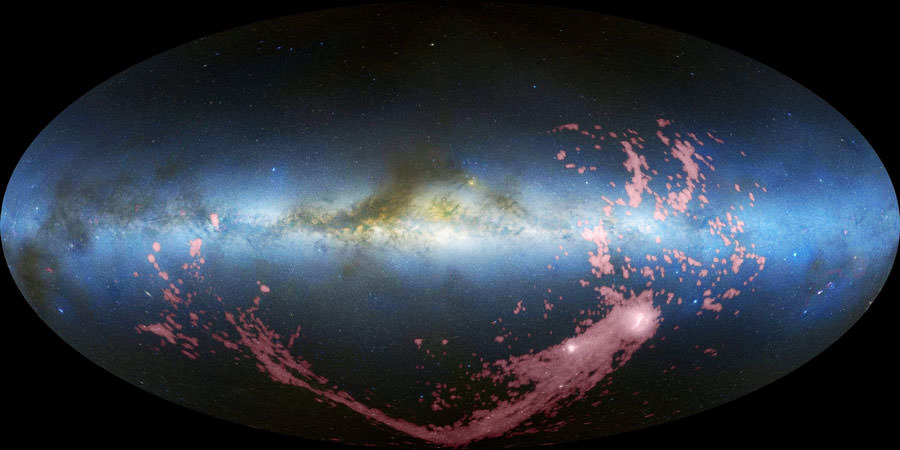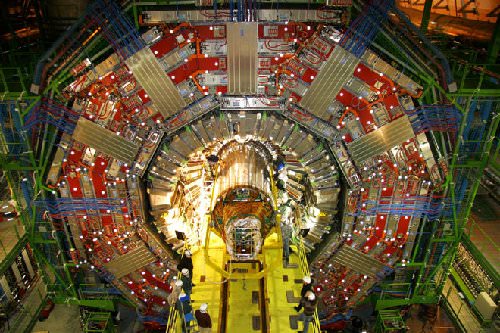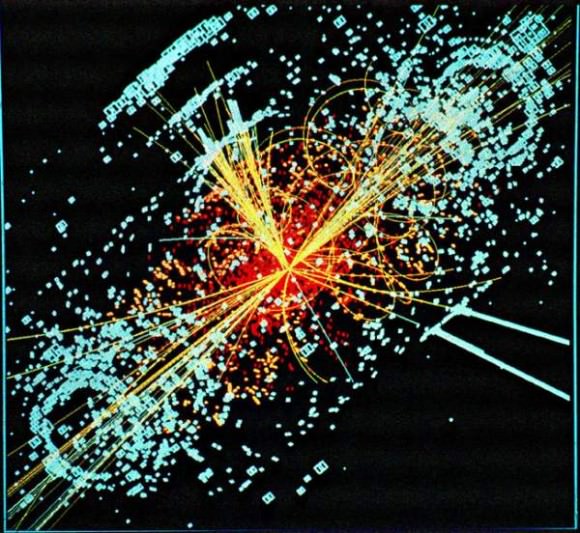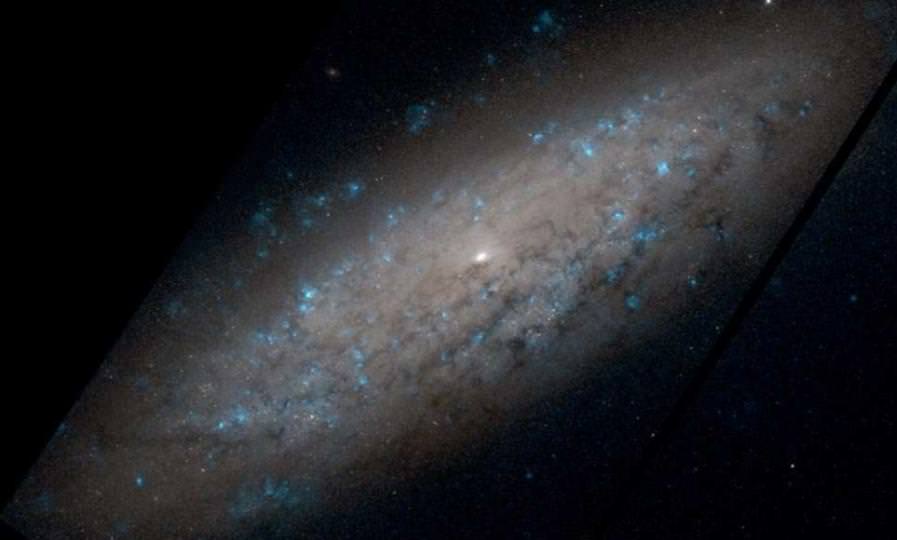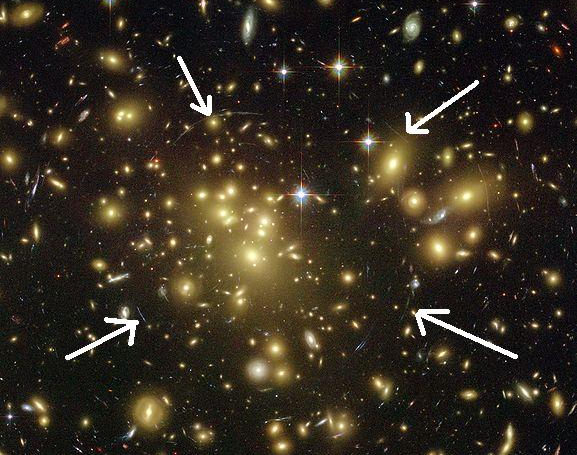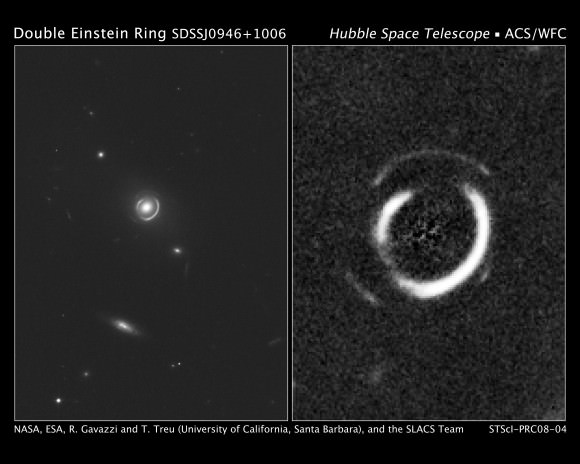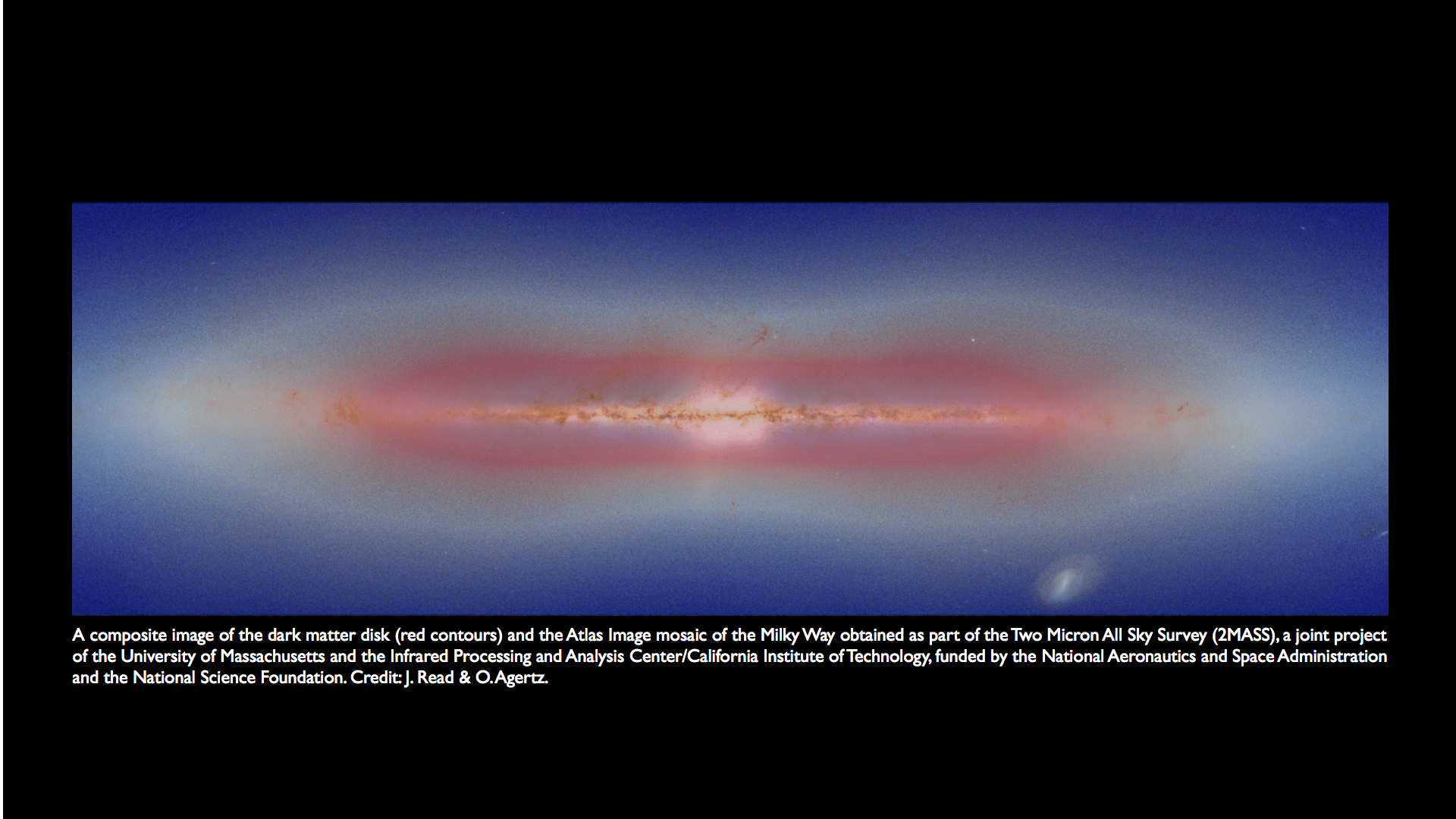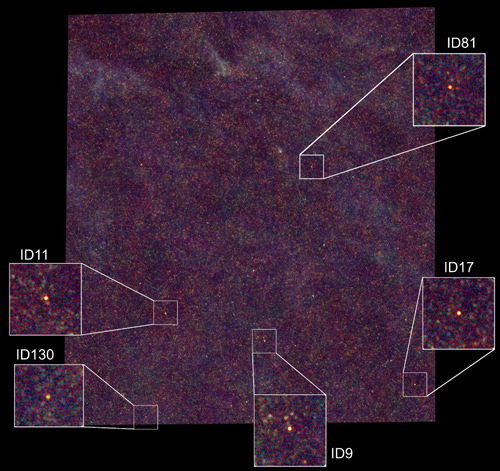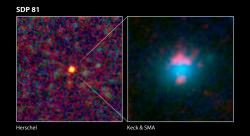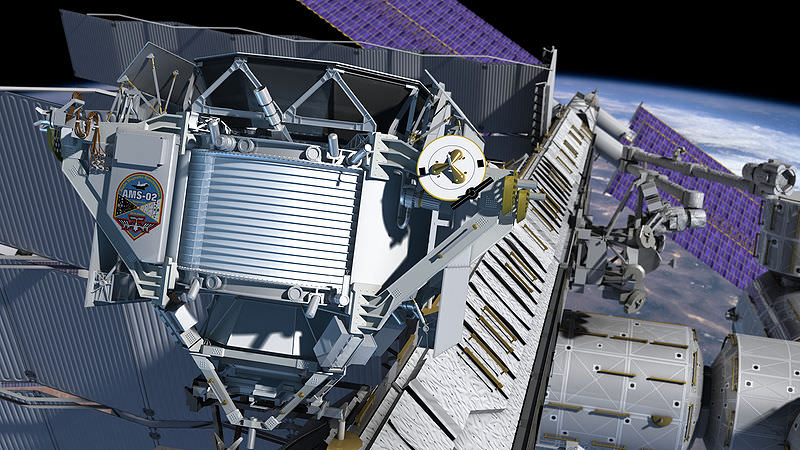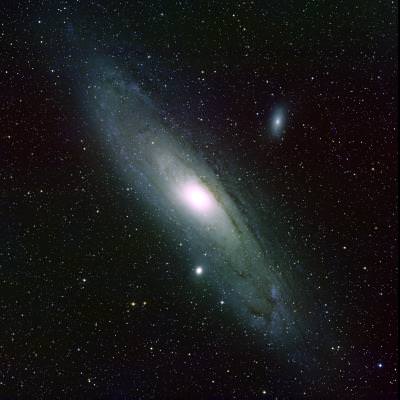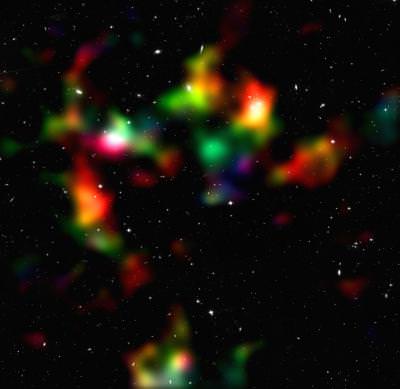[/caption]
Most people agree that the Magellanic Clouds are in orbit around the Milky Way. What’s not clear is whether it is a bound orbit or just a temporary ‘ships passing in the night’ arrangement. Something which could clarify the relationship is the Magellanic Stream, a 600,000 light year long string of gas dragged through and beyond the Small and Large Magellanic Clouds.
For the complete picture, note that there is also a shorter trail of gas drawn out ahead of the Clouds, known as the Leading Arm – and the gas flow between the Clouds is known as the Magellanic Bridge. The Bridge is an indication that the Clouds are gravitationally bound in a binary pair – at least for now. The Large Magellanic Cloud may dragging the Small Magellanic Cloud behind it, since the Magellanic Stream ‘skid mark’ is most chemically similar to the contents of the Small Magellanic Cloud.
What remains unresolved is whether the Clouds are in a bound orbit around the Milky Way – or are they just passing by? The level of uncertainty about the dynamics of objects that are relatively close to us, and are easily visible to the naked eye, may seem surprising.
Firstly, it is tricky to gain an accurate estimation of each Cloud’s velocity relative to the Milky Way – partly because we, the observers, have our own independent movement and we need to find a reference frame that we can reliably measure the Clouds’ velocity against.
Estimates derived from Hubble Space Telescope observations by Kallivayalil and colleagues in 2006, measured the Clouds’ velocities against a background of distant quasars, which are visible through the Clouds. These data were then used by Besla and colleagues to propose that the Clouds’ velocities were too fast to be in bound orbits around the Milky Way and so must be just passing by.
But there is another area of uncertainty, where – even with the Clouds’ velocity determined – you still need to decide what escape velocity they need to avoid being caught in a bound orbit of the Milky Way. While we can estimate the Milky Way’s mass, there is the issue of dark matter – which we can’t see and hence can’t locate accurately – so there is some uncertainty about how the combined mass of the Milky Way’s visible and dark matter is distributed.
If, like the visible matter, the dark matter is centralized around the galactic hub, the Clouds won’t need so much velocity to escape. But if the dark matter is more evenly distributed with the galactic disk of visible matter being surrounded by a spherical halo of dark matter, then it’s less clear as to whether the Cloud’s could escape (a scenario that was acknowledged by Besla et al).
A spherical halo of dark matter is the generally preferred model for the Milky Way’s total mass distribution – since, without it, the outer edges of the Milky Way’s visible disk are rotating so fast that they should fly off into space.
Diaz and Bekki have run with this idea by computer-modeling a Milky Way with a circular velocity of 250 kilometres a second (a recent new estimate), which hence requires a more substantial dark matter halo than was assumed by Besla et al. Otherwise, they still use the same Cloud velocities determined from the 2006 Hubble Space Telescope observations.
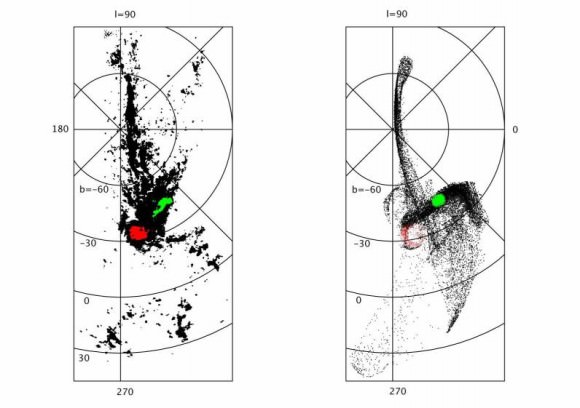
Their model, when wound back in time, suggests the Clouds have been locked in bound orbits around the Milky Way for more than 5 billion years – with the Magellanic Stream and Leading Arm arising more recently, following a close encounter between the two Clouds (an idea also proposed in Besla et al’s unbound orbit model).
Diaz and Bekki suggest that the Clouds began separate orbits, but passed close to each other around 1.25 billion years ago and then became the binary pair we observe today. The Leading Arm is freed gas being drawn into the Milky Way’s halo – an indication that both Clouds may eventually be assimilated.
Further reading: Diaz and Bekki. Constraining the orbital history of the Magellanic Clouds: A new bound scenario suggested by the tidal origin of the Magellanic Stream.

